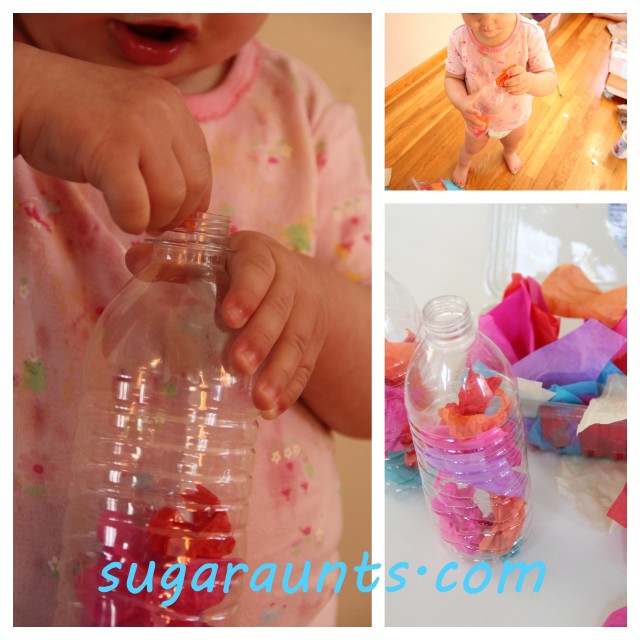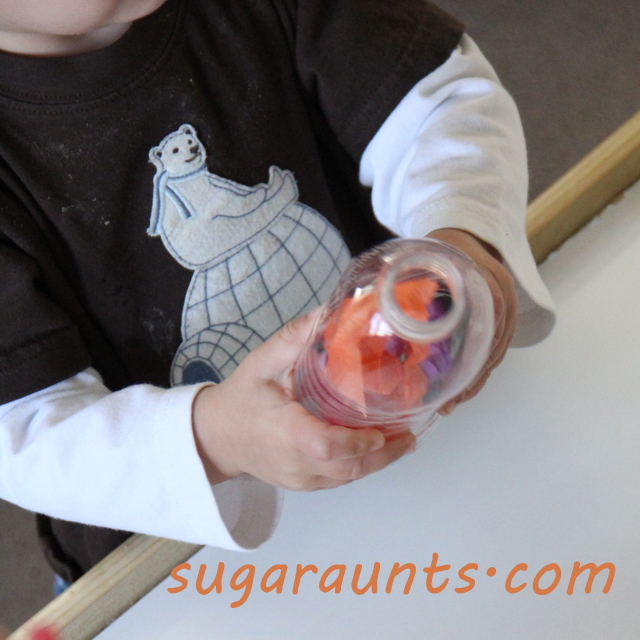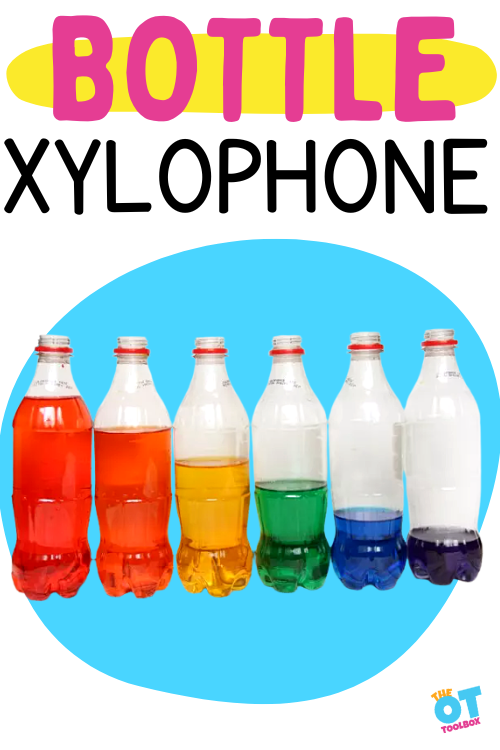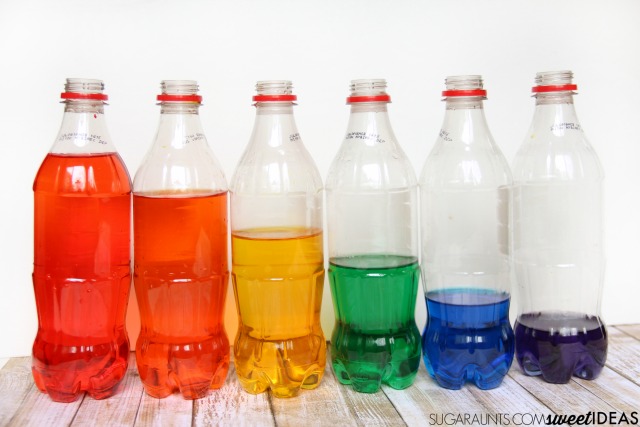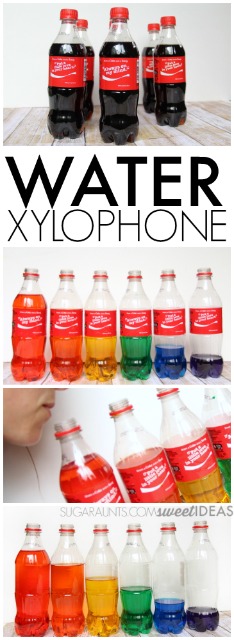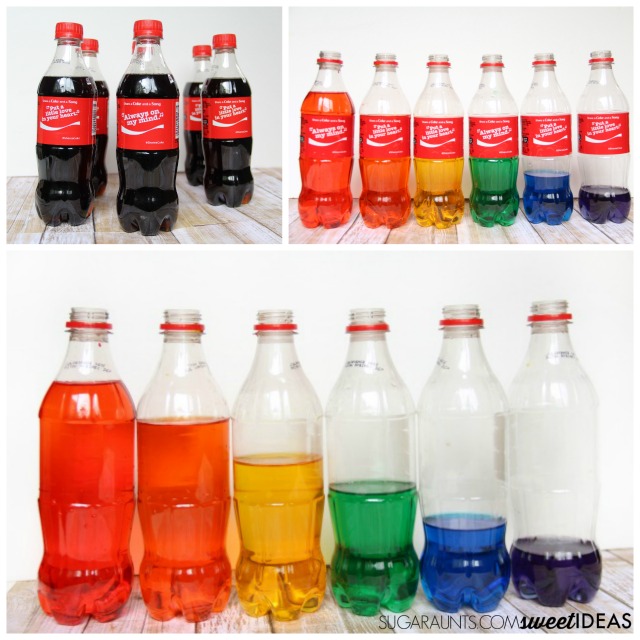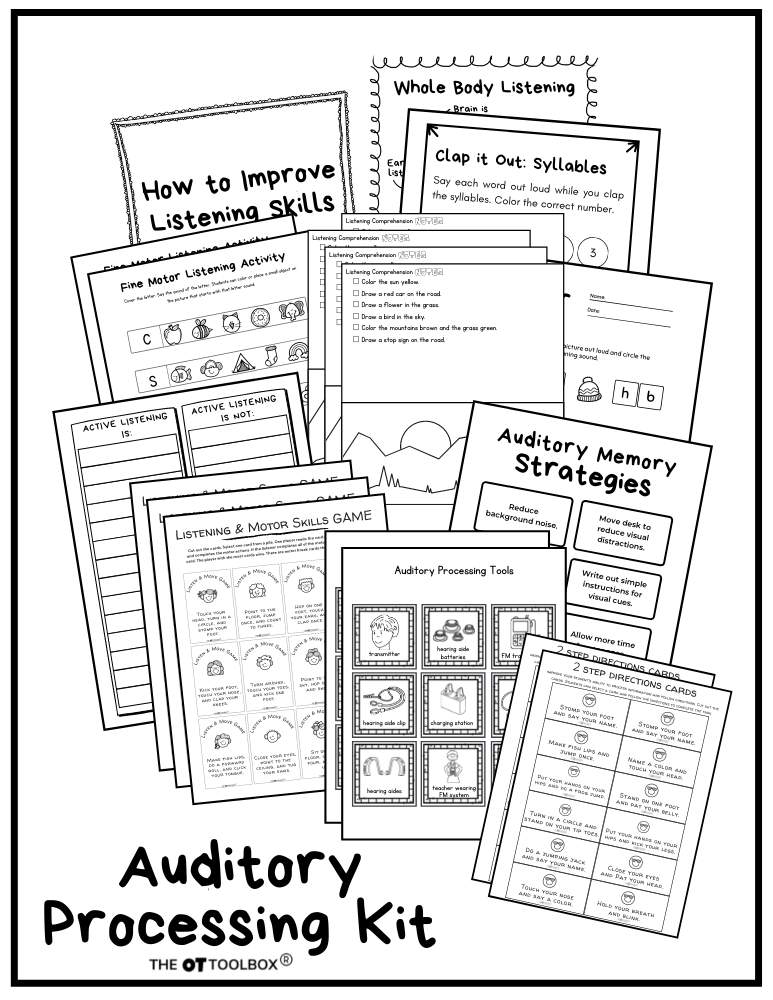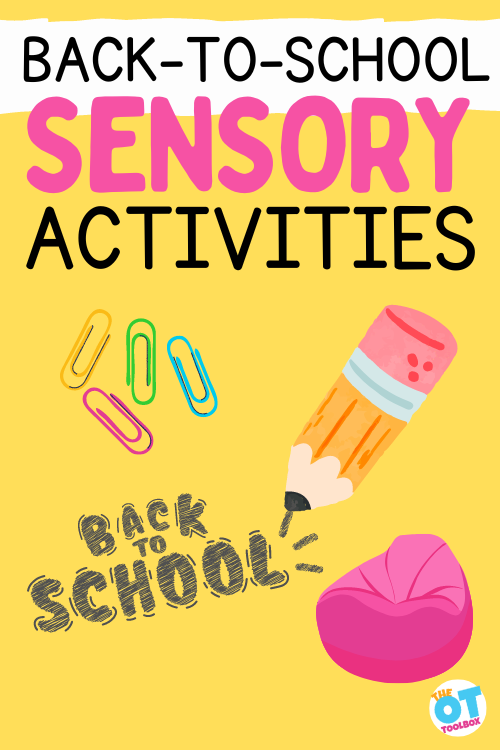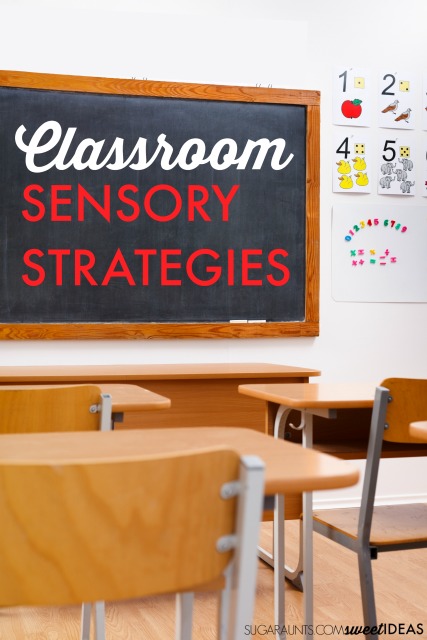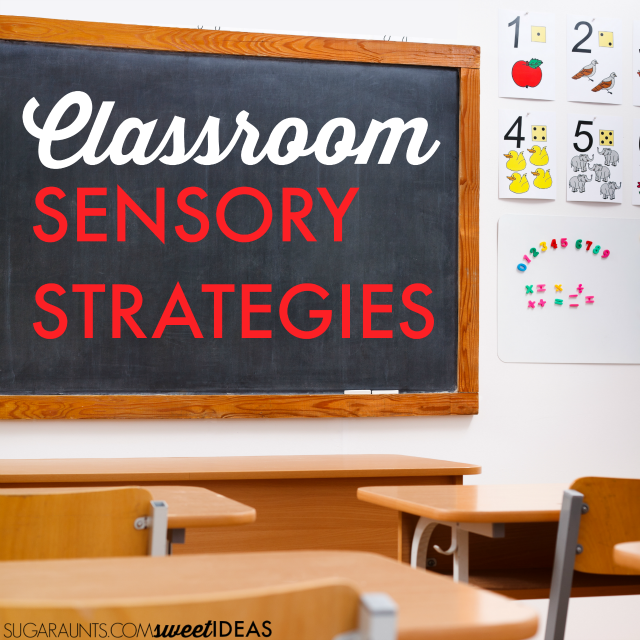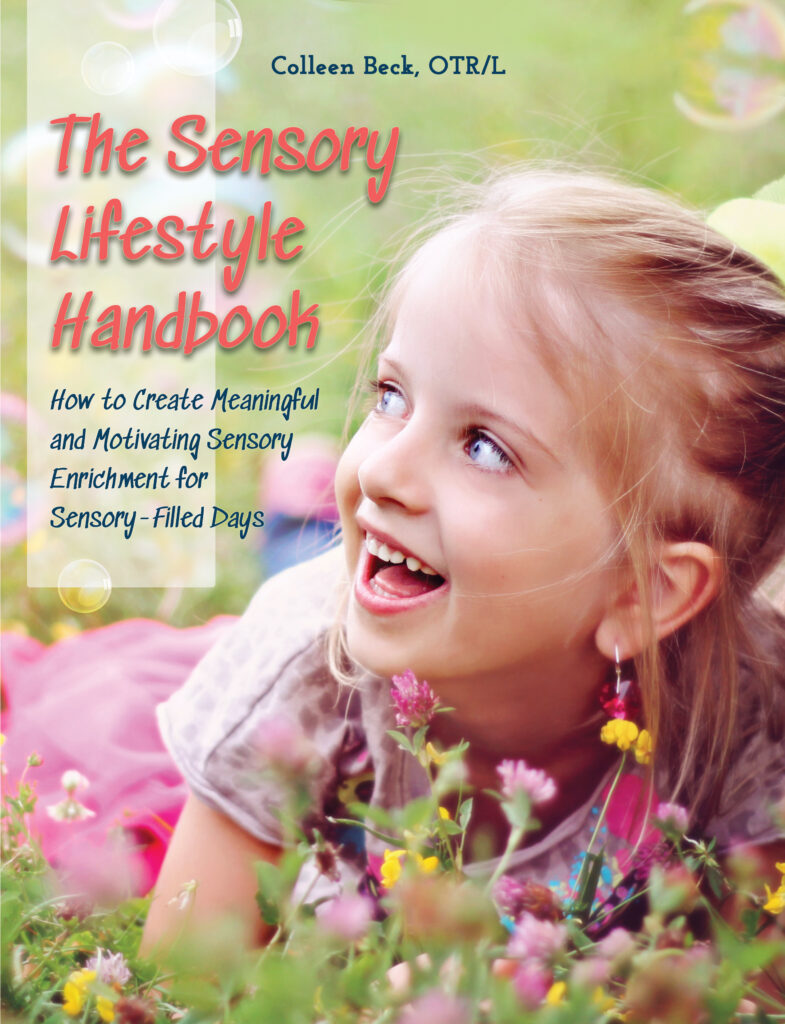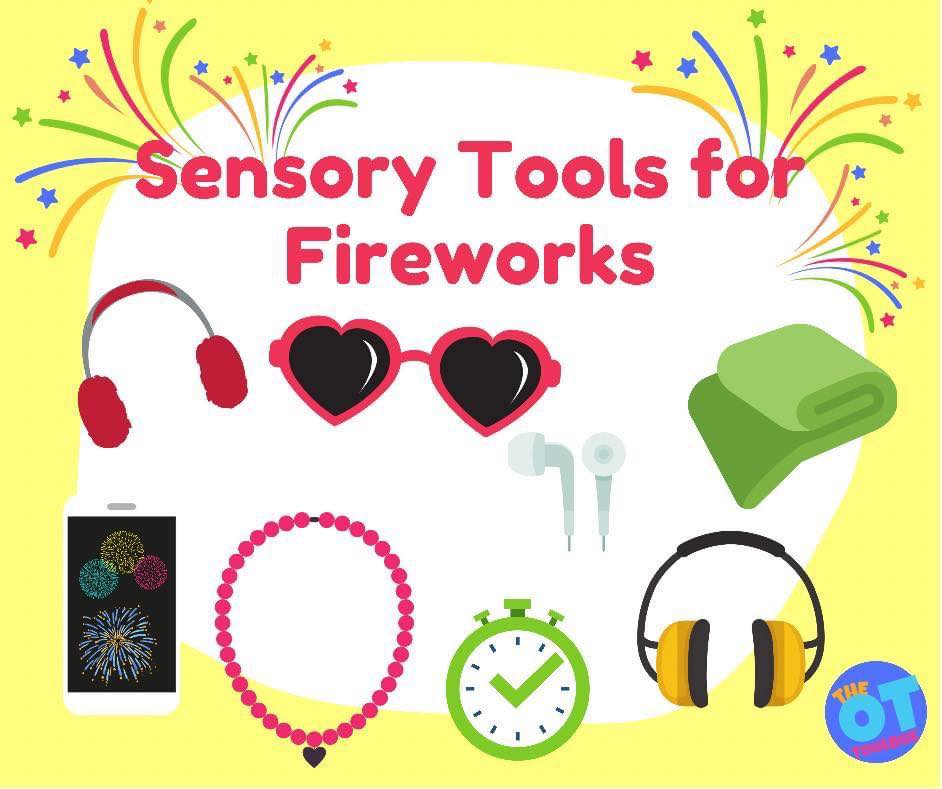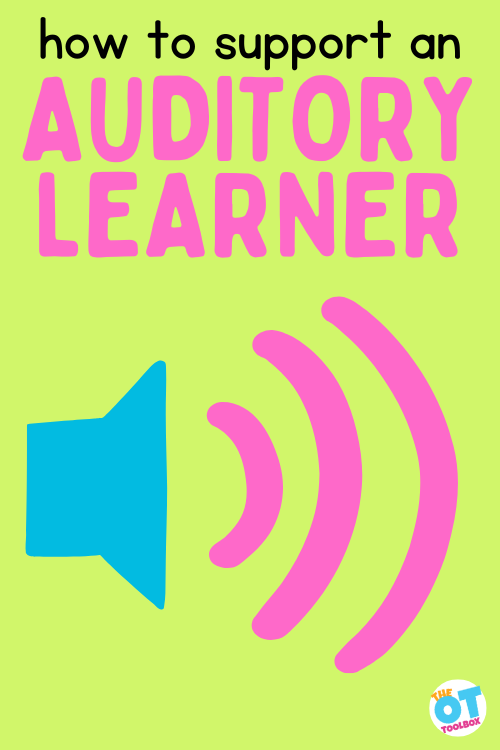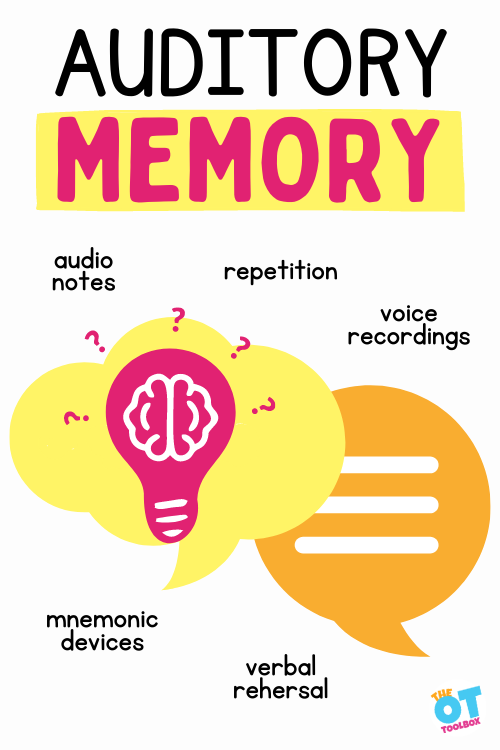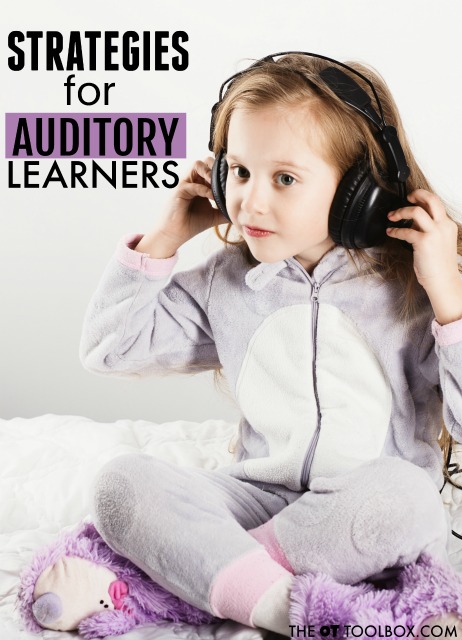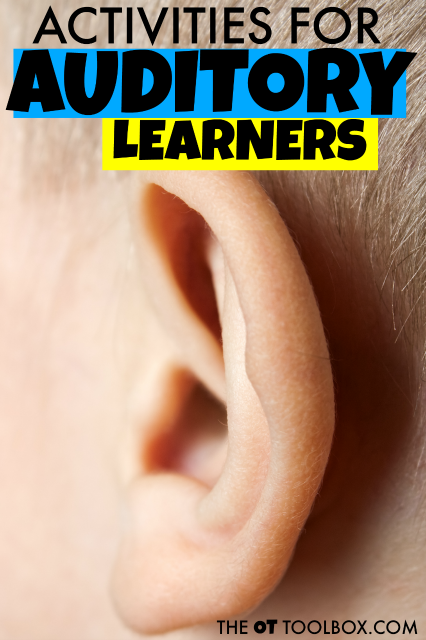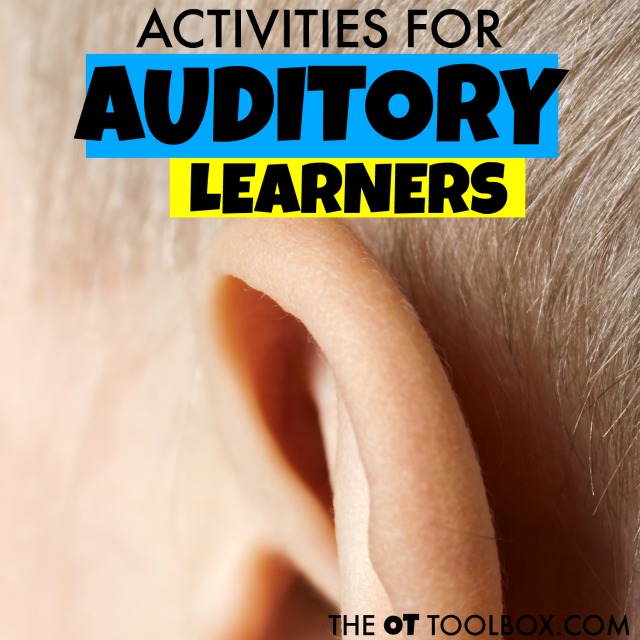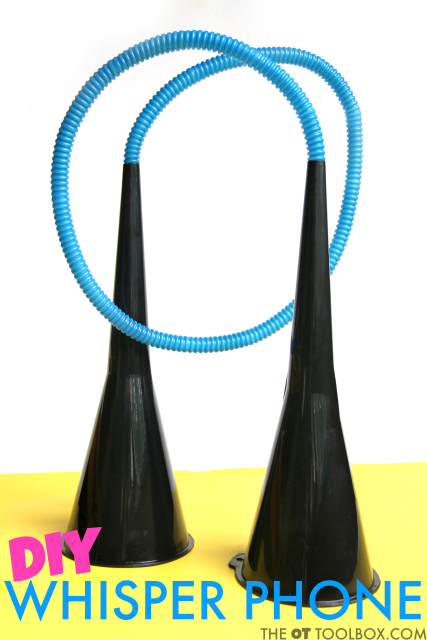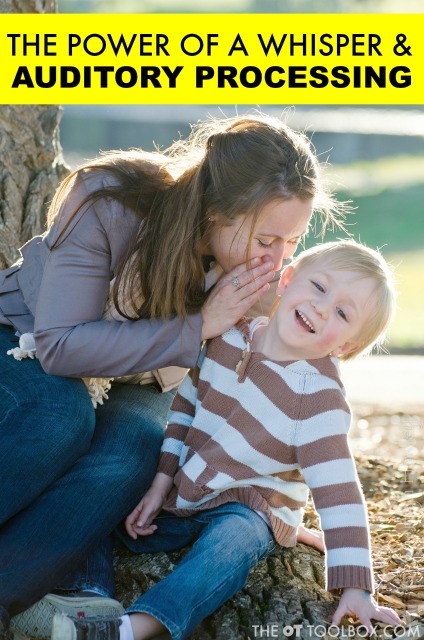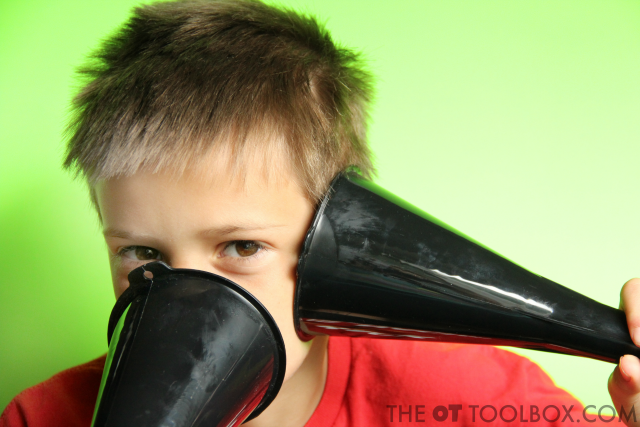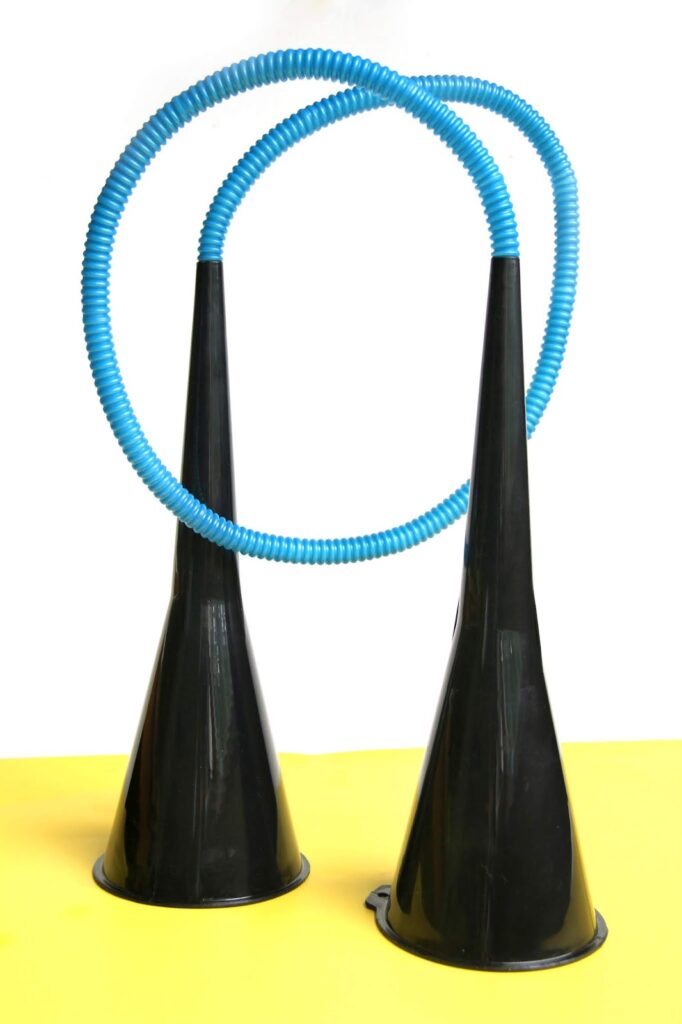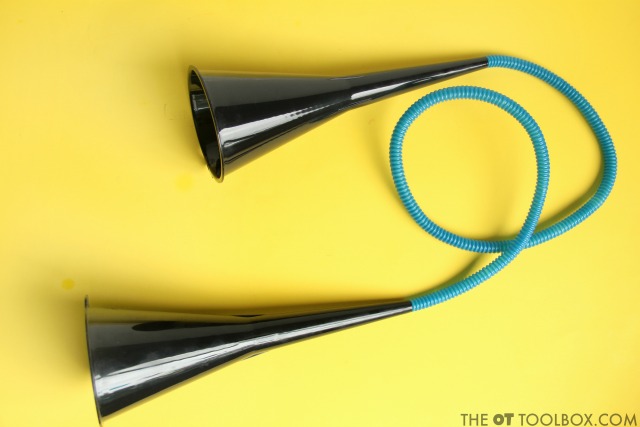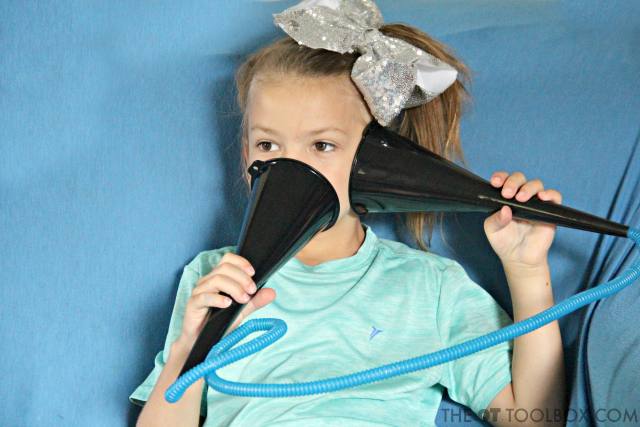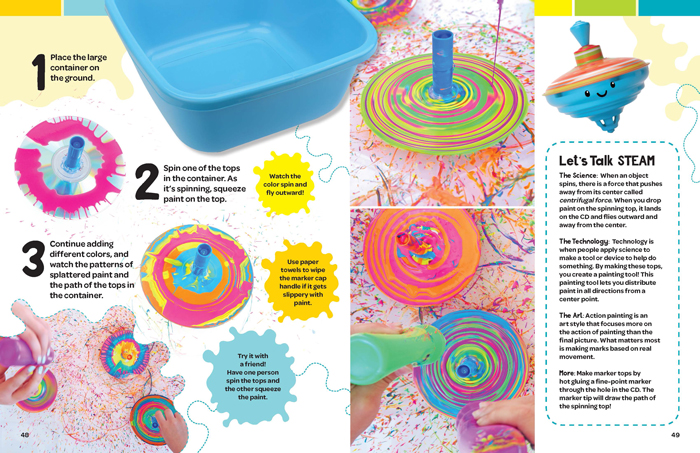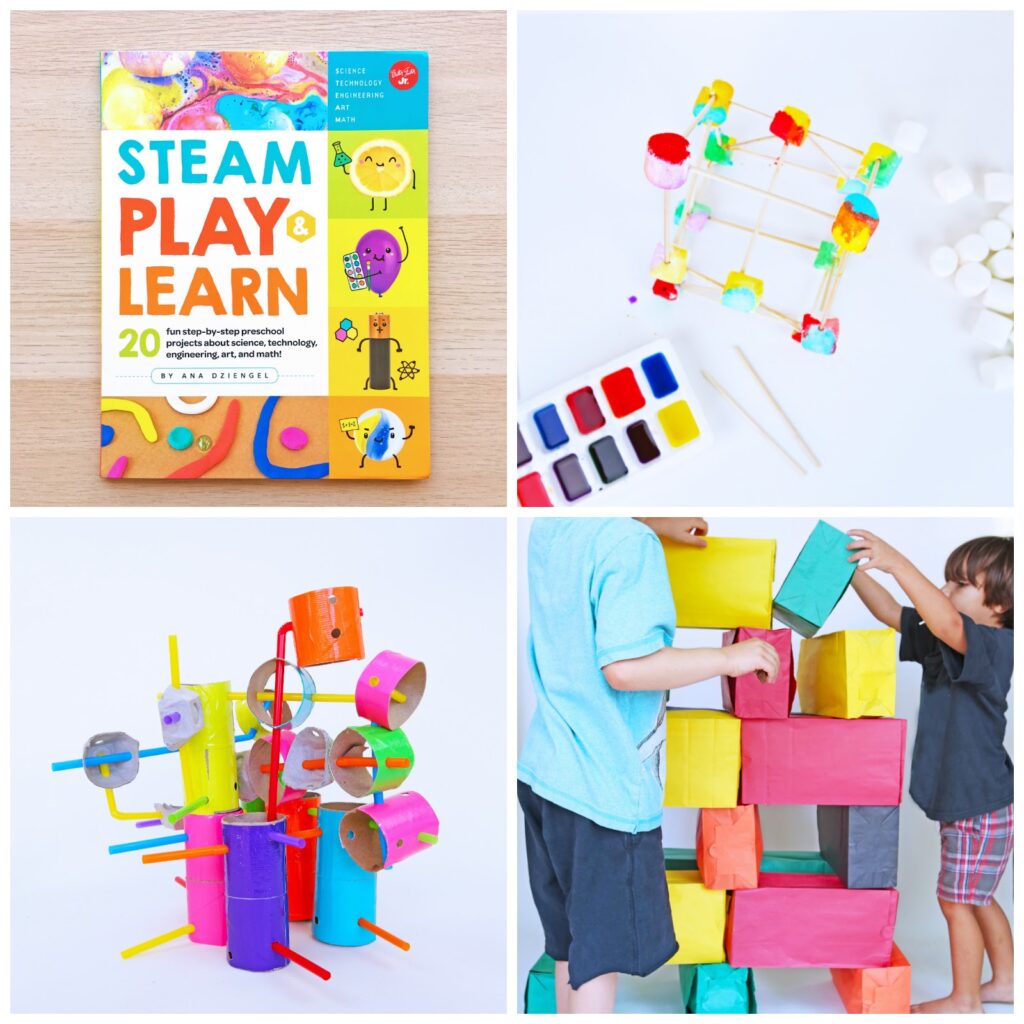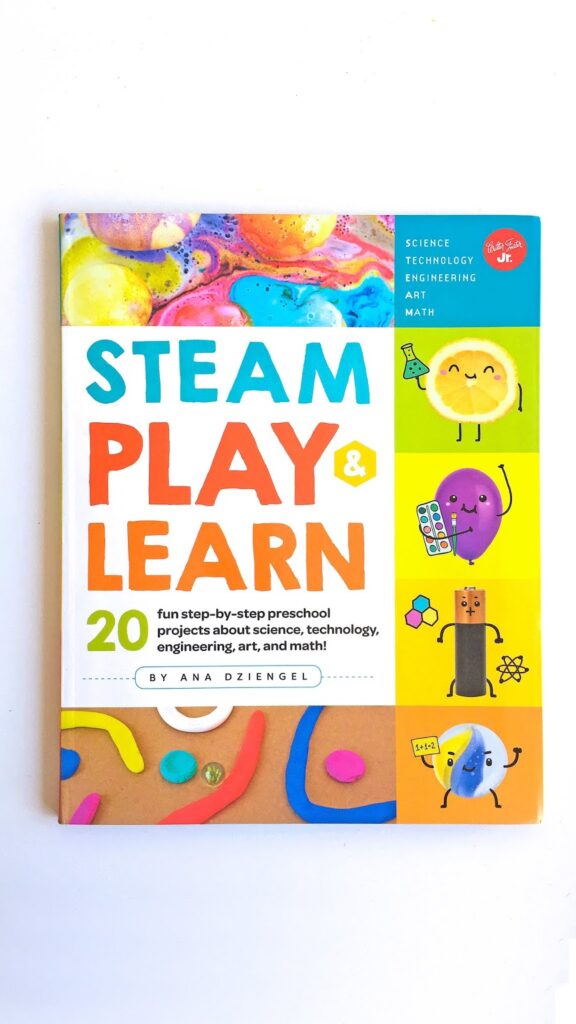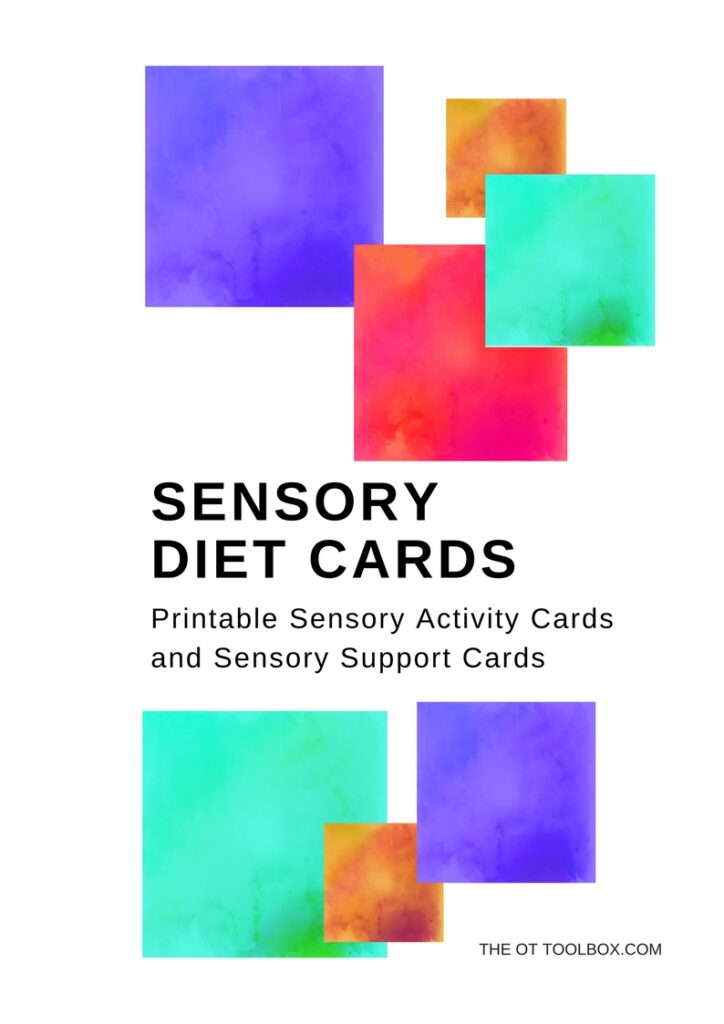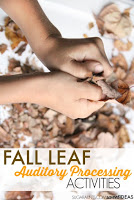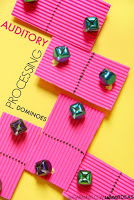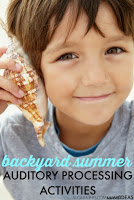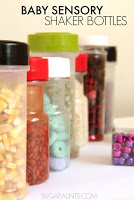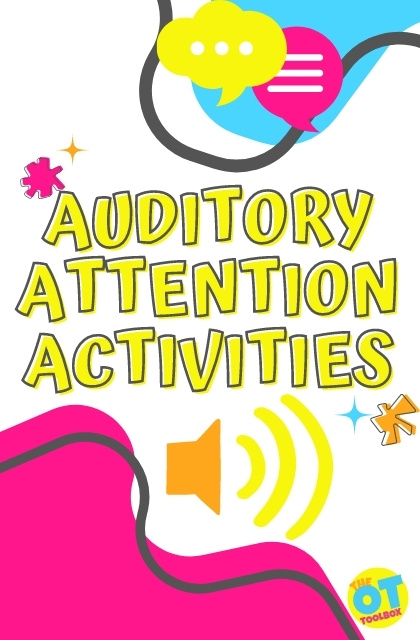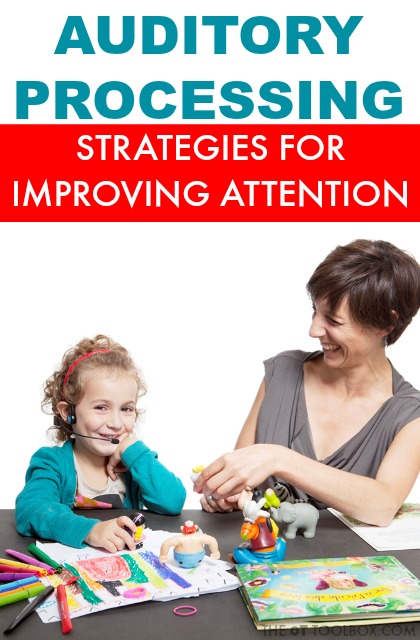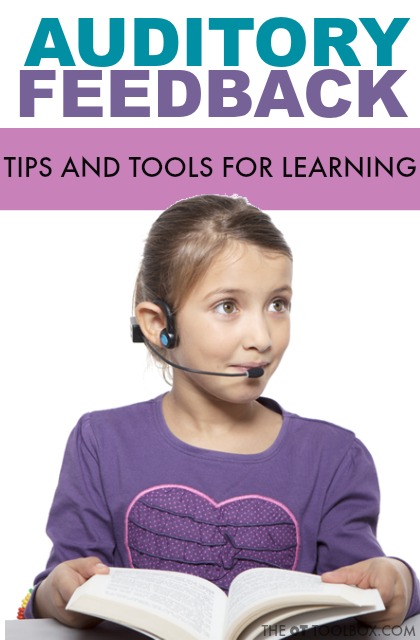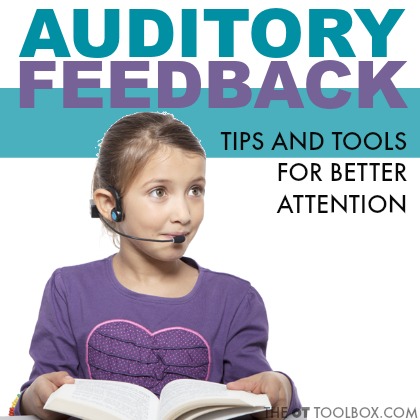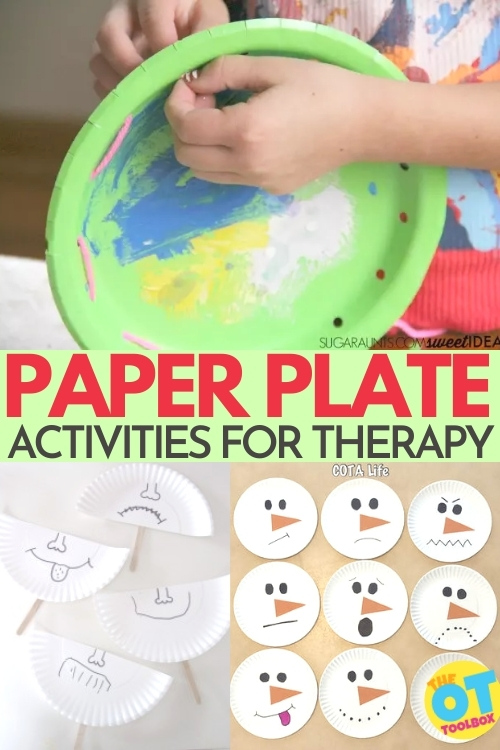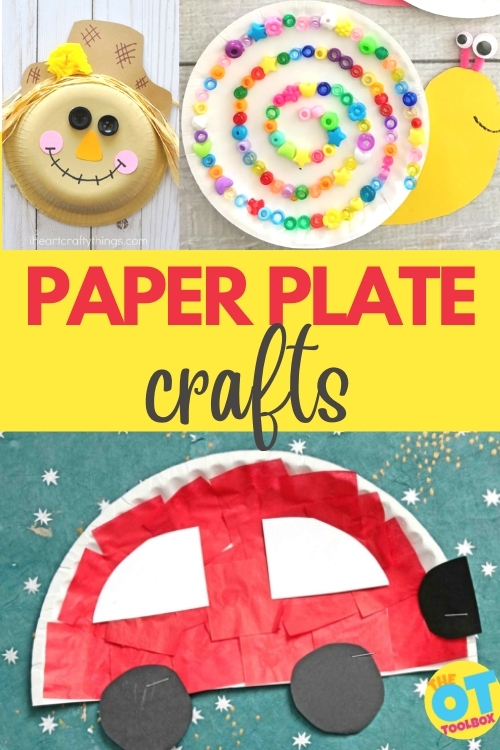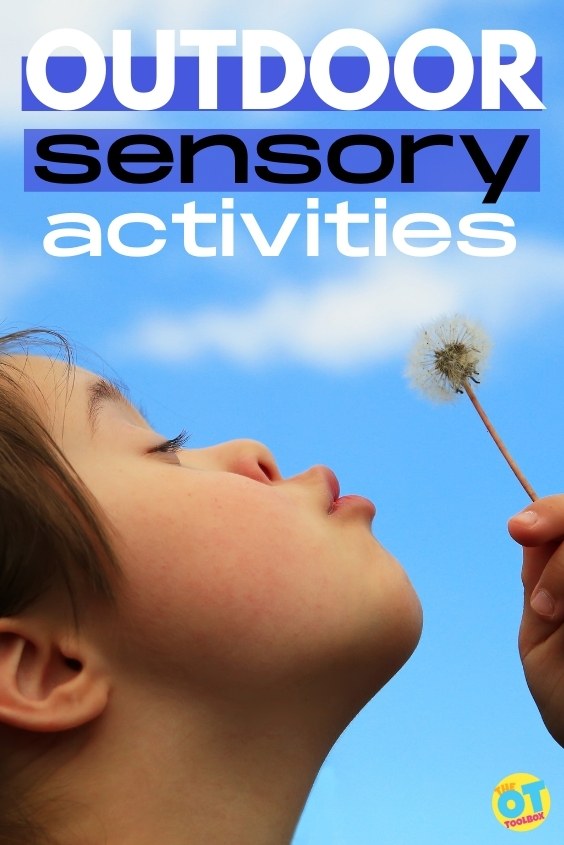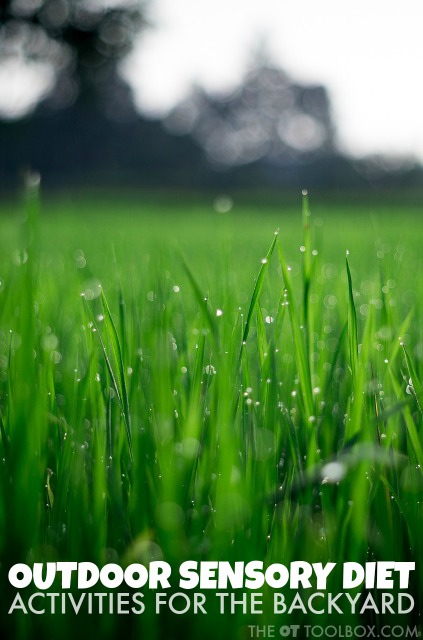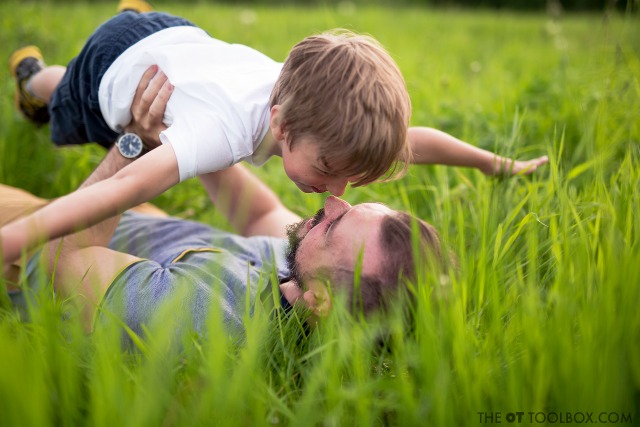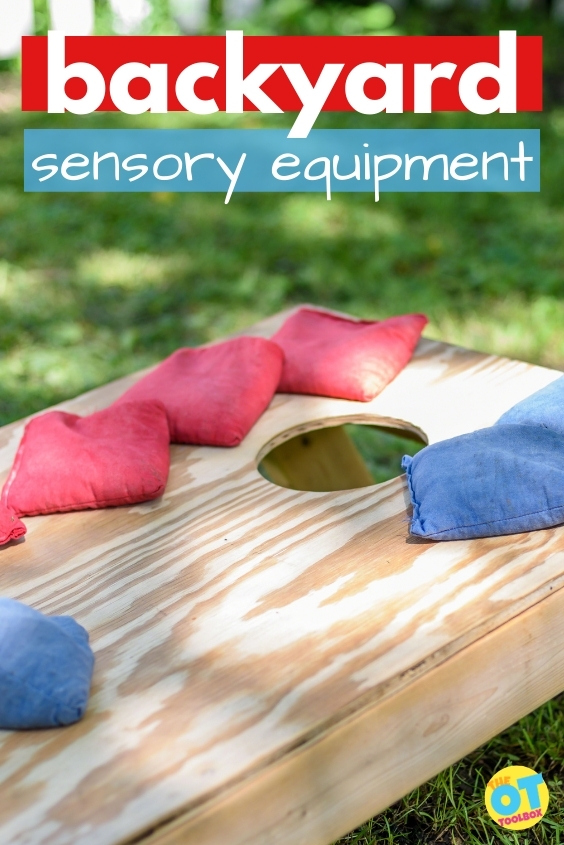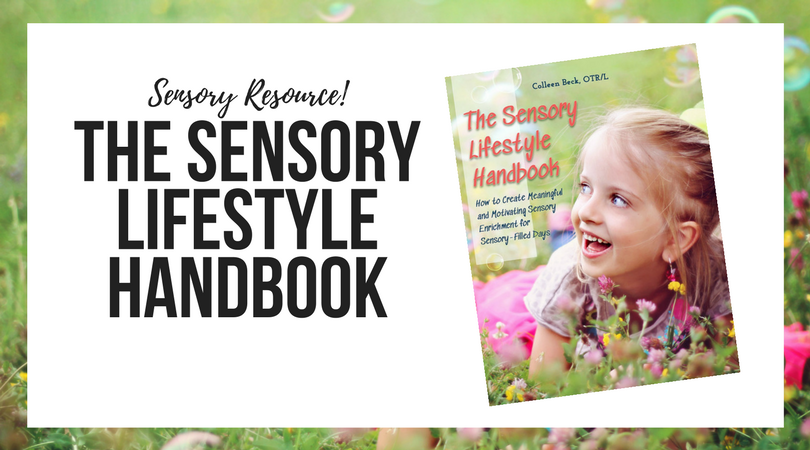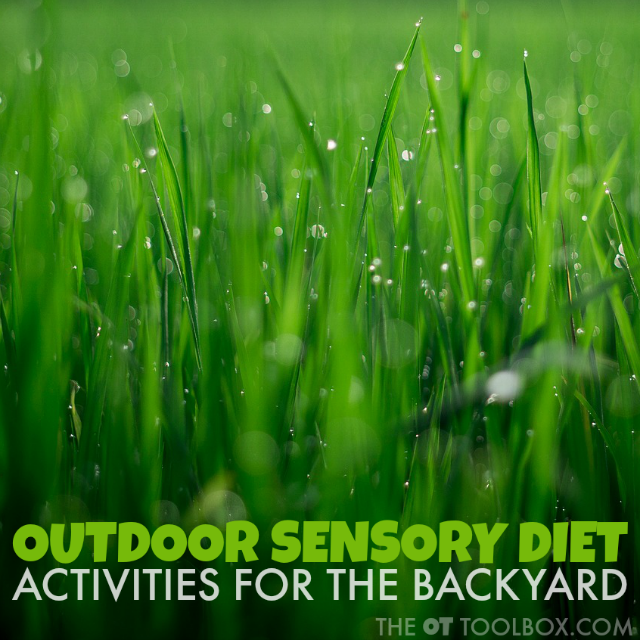Today we have a tissue paper crumpling activity (or paper crumbling!) that builds many fine motor skills, including hand strength. In this easy tissue paper fine motor activity, we are working on pinching and crumbling paper is an excellent fine motor exercise for children. It is an activity that works the small muscles of the hand and really strengthens the arches of the hands.
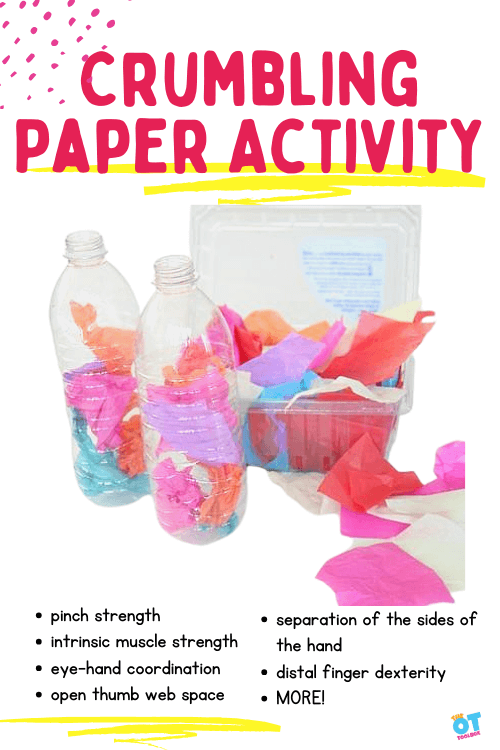
There are many fine motor benefits of crumpling paper into small pieces!
Paper Crumpling
Paper crumpling (or paper crumbling) is a great way to play with paper that builds fine motor skills in the hands.
If a child has weak muscles in their hands and the arches are not defined, you may see them holding a pencil or small items between their thumb and the side of their index finger. The arches of their hand may not be defined and nice and round. You may also see them holding their hands close to their chest as they attempt to gain stabilization of their arms to do the small motor task.
To really work those muscles, you could have your child first tear the bits of tissue paper before they crumble them up.
Defined arches are very important in shoe tying, handwriting, and managing clothing like buttons and snaps.
You can see how to incorporate tearing paper into this activity using the video below. Towards the end of the video, you’ll see ways to build fine motor strength and finger dexterity using crumbled paper pieces. The tissue paper squares that we are using in our activity today can be used like shown in the video for more finger strengthening exercises.
Working on fine motor skill development through play supports functional tasks, plus it’s fun!
Paper Crumpling Activity
We came up with this tissue paper crumbling activity many years ago, and it still stands as a great way to work on skills:
- pincer grasp
- intrinsic muscle strength
- Hand eye coordination
- Bilateral coordination
- Pinch strength
- Arch development
- Intrinsic hand strength
- Separation of the sides of the hand
- Open thumb web space
- Shoulder and forearm stability
- wrist stability
- Precision and refined grasp
- Proprioceptive input
- Motor planning
- distal finger control
- Tripod Grasp
We’ve talked about the benefits of tearing paper before, and this activity expands on the skills a bit, because after you tear the tissue paper, you can have your student crumble the paper and then push it into the mouth of a water bottle.
While this is a really simple fine motor activity, it’s great because you build so many skills, and kids typically enjoy this simple task.
Tissue Paper Crumbling Activity
For this activity, you really can use items you have on hand. We used empty plastic water bottles, and colorful tissue paper squares.
- Cut tissue paper into small squares.
- Remove labels from plastic water bottles.
To increase the fine motor work, you could have the student rip pieces of the tissue paper to really increase grip strength work.
Ask the student to take one piece of tissue paper, and crumble it up with their finger tips.
Then, they should push the crumpled tissue paper into the empty water bottle.
You can make this activity a game by asking them to roll a dice and place that many squares of tissue paper into the bottle. Or you could have them sort colors by filling each water bottle with a single color.
There are so many ways to build skills with this simple tissue paper crumpling activity!
More fine motor fun…
Working on fine motor skills, visual perception, visual motor skills, sensory tolerance, handwriting, or scissor skills? Our Fine Motor Kits cover all of these areas and more.
Check out the seasonal Fine Motor Kits that kids love:






Or, grab one of our themed Fine Motor Kits to target skills with fun themes:
- Frogs Fine Motor Kit
- Unicorns Fine Motor Kit
- Vehicles Fine Motor Kit
- Apple Fine Motor Kit
- Back to School Kit
- Sports Fine Motor Kit
- Outer Space Fine Motor Kit
- Fairytale Fine Motor Kit
- Plus more in our shop!
Want access to all of these kits…and more being added each month? Join The OT Toolbox Member’s Club!

Colleen Beck, OTR/L has been an occupational therapist since 2000, working in school-based, hand therapy, outpatient peds, EI, and SNF. Colleen created The OT Toolbox to inspire therapists, teachers, and parents with easy and fun tools to help children thrive. Read her story about going from an OT making $3/hour (after paying for kids’ childcare) to a full-time OT resource creator for millions of readers. Want to collaborate? Send an email to contact@theottoolbox.com.



